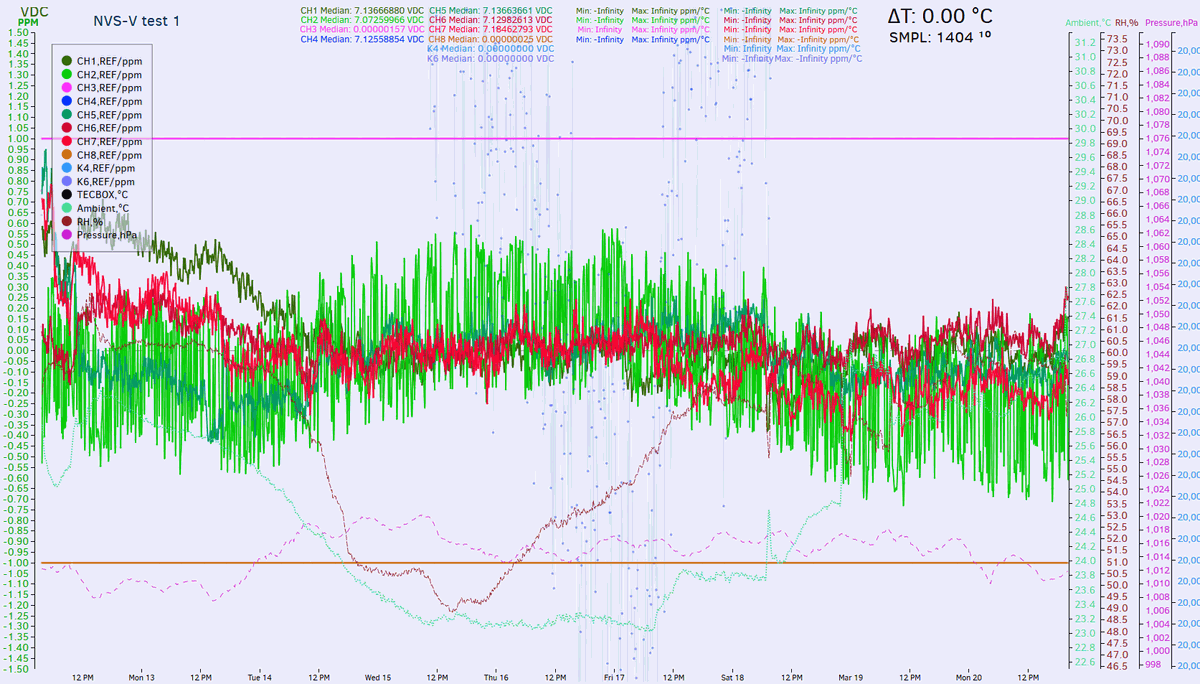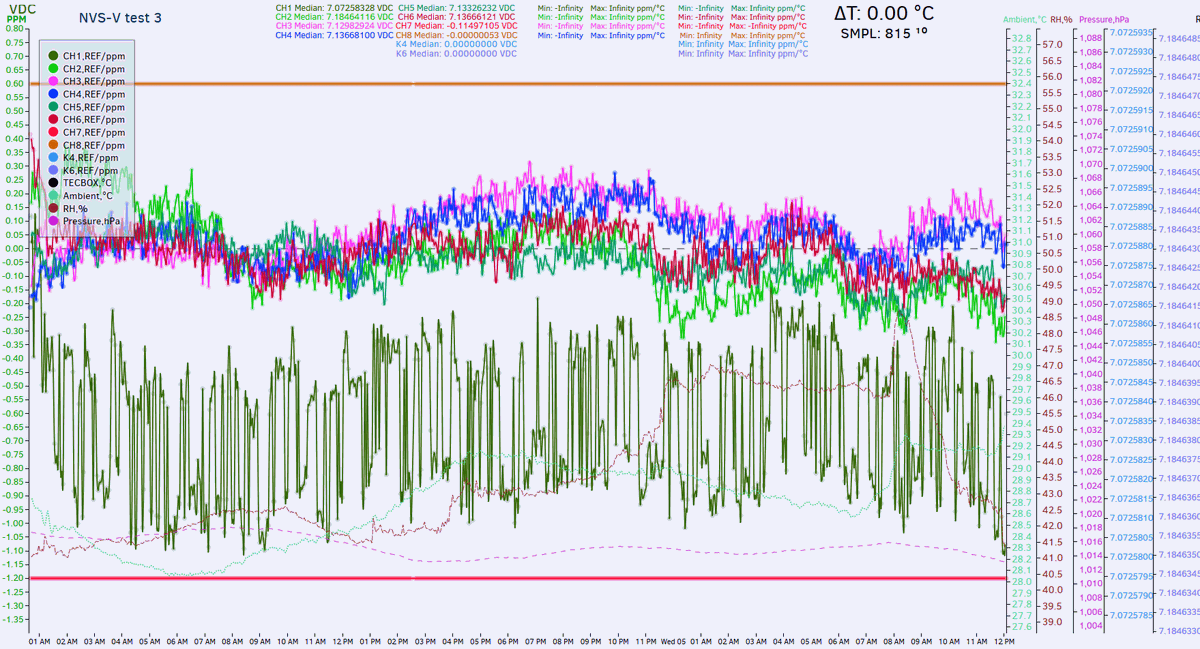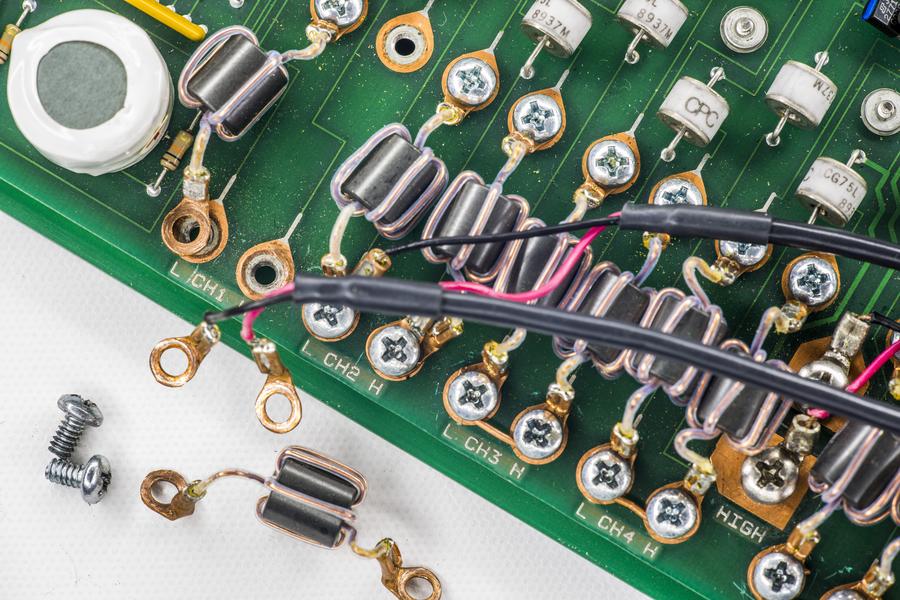Bit unclear why you want to fiddle with the wiring, or add any more uncertainty by extra connections?
You feel like measuring DCV to <10ppm accuracy is not already hard enough?

Here's little breakdown:
 Test 1, Keithley 7168 + LTZ modules + 2x3458A differential
Test 1, Keithley 7168 + LTZ modules + 2x3458A differential. Start from March 13 till March 20.
 Test 2, Keithley 7168 + LTZ modules + 2x3458A differential
Test 2, Keithley 7168 + LTZ modules + 2x3458A differential. Start from March 21 till March 30.
Using same wiring as test 1.
Test 3, from April 4.. wiring change to shielded wire.

Looks all nice and pretty, yea? Well, look closer. Let's compare same modules readings, with some channels swaps:
LTZ1000ACH, HP 3458-A9 STD board, LT1013, 15K/1K standard = T1:
7.18462793, T2:
7.18462959 (+0.23 ppm), T3:
7.18464116 (+1.61 ppm) LTZ1000ACH Jumpy, KX B1 board, LTC2057,13K/1K = T1:
7.07259966, T2:
7.07259549 (-0.58 ppm), T3:
7.07258331 (-1.72 ppm)LTZ1000CH, KX A0 board, LTC2057,12.5K/1K = T1:
7.13666880, T2:
7.13666914 (+0.04 ppm), T3:
7.13668100 (+1.66 ppm)LTZ1000CH, KX B1 board, LTC2057,13K/1K = T1:
7.13663661, T2:
7.13664779 (+1.56 ppm), T3:
7.13666121 (+1.88 ppm)LTZ1000ACH, KX A0 board, LT1097, 13K/1K = T1:
7.12982613, T2:
7.12982551 (-0.08 ppm), T3:
7.12982924 (0.52 ppm) So from above should be clear that we can pretty much forget about ppm-accuracy with scanner, even though readings well in 0.5ppm window if you don't mess with scanner/wiring/setup and just let it sample data

And this is with specialized nV-scanner card with JFETs & isolation, with copper-copper connections using single freshly cut wire (soldered to LTZ module side, crimped to card input port on scanner side). I'd expect general purpose scanner with relays would be 10 times worse at best.
